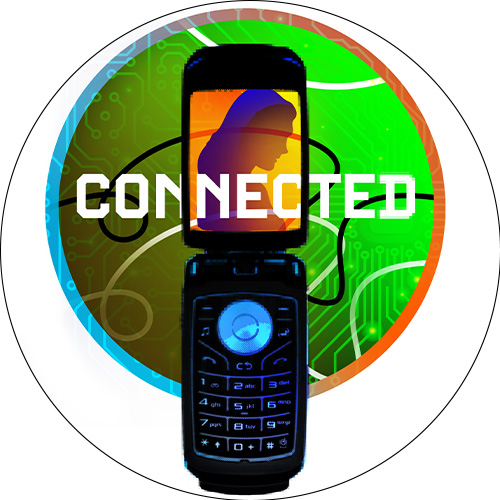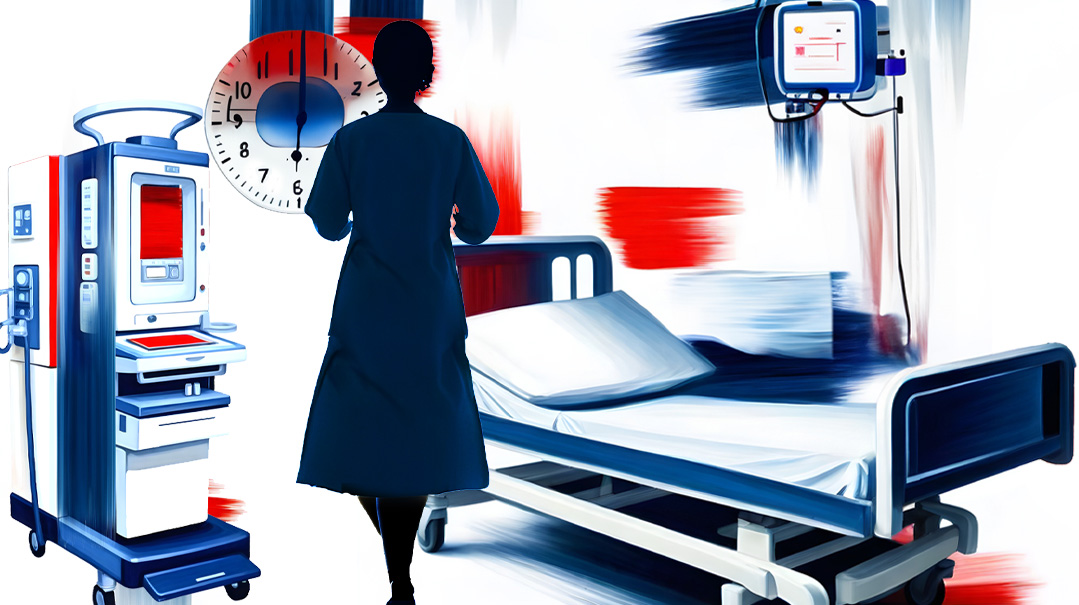Connected: Chapter 3 of 6

The deed was done. I had my new black flip phone, with my lobotomized iPhone sitting there next to it on the counter

Here are the things I’m noticing some two weeks into my experiment. (If I keep calling it an experiment as opposed to a switch, that gives me permission to switch back guilt-free, right?)
Number one: The switch loomed so large in my head that now that I’ve done it, I’m shocked at how easy it was. Make no mistake, I’m not saying that downgrading from a smartphone to a flip phone isn’t a big deal. It is, and I’m still waiting for my trophy (I guess that will come after I stop calling this an experiment).
What I mean, though, is that I sort of expected my life to be a series of one annoyance after another without the iPhone to smooth out the bumps. I had this image of getting stuck 20 times a day in situations that only instant Internet access could solve.
The actual switch was nothing. I took my sim card out of my smartphone and put it in my new flip phone. (I’m middle-aged, so obviously I needed my teenage neighbor’s help with this. My own teens weren’t home for the summer.) We switched my contacts over (again, thank you, neighbor’s teen), which took a little time but nothing terrible. But then I saw my texts weren’t going through, so I had to spend some time on the phone with Verizon sorting it out.
After a few hours, the deed was done. I had my new black flip phone, with my lobotomized iPhone sitting there next to it on the counter.
That first day I mainly just avoided the flip phone. I thought I could circumvent its annoying little keyboard, at least while at home, by texting from my MacBook laptop. Nope. I quickly discovered that texting from laptop to cell phone just creates a mess of confusing half-conversations, and only worked — if at all — when texting someone who also had an iPhone.
It was phone or nothing for texting. So basically, a lot of nothing.
The slide-to-text feature on the flip phone was unfamiliar, and I found myself fumbling. I texted only when absolutely necessary and didn’t answer messages unless I had to. I probably came across curt and short, but I needed to keep texting at a minimum or I’d end up throwing in the towel on the whole thing.
Other than that, I didn’t come up against any major obstacles (and with time texting did get easier, though nothing close to texting on a smartphone). It’s true, my schedule is more relaxed during the summer: no carpool chats (the rides are all on me) or crushing daily back-to-back appointments, but still…. For years I had this assumption that switching would be impossible for me, and it was interesting to see that it didn’t really impact my day to day all that much. Yet.
My eyes adjusted to using Waze on the tiny flip screen. I needed to order a magnet holder to keep the phone upright on my dashboard, because it doesn’t connect to the larger CarPlay screen. Eventually I caved and bought a separate Waze device for another couple of hundred dollars. Annoying? Yes. Impossible? No.
One day about three weeks in, I had a routine doctor’s appointment, and as I sat there waiting for my turn, I looked around the room and saw everyone — literally, every single other person — looking down at their phones. I’m not reporting this as a negative thing necessarily; for all I know, they were being massively productive (well, with the exception of the one person I was close enough to see playing Candy Crush).
I also pulled my phone out of my bag and flipped it open. But no texts had come in, and I had none I needed to send, so I closed it and put it back in the bag. Couldn’t check my email. Couldn’t edit my to-do list. Couldn’t purchase anything on Amazon after price-comparing it on Target. Couldn’t listen to a podcast or shiur. So I did something that I haven’t done in years while in a waiting room: I waited.
I just waited.
I think I pulled out a paper and pen from the recesses of my pocketbook and made a list. I thought about the email I needed to send. I looked out the window.
Did letting my mind wander instead of getting sucked into my phone make me feel amazingly relaxed and settled? Not really. Did I whip out a Tehillim and use the time to connect to Hashem? Also no.
But I’m fairly certain, both from research I’ve done and from personal experience, that our minds do need time to rest and relax. And I also know that the culture of constant do, do, do, and consume, consume, consume that the smartphone has encouraged has led directly to an uptick in anxiety and personal unhappiness.
I wasn’t there yet — you need the cumulative effect of disconnecting for longer periods to feel a difference in relaxation levels. Just sitting for one half hour without wouldn’t immediately make me a generally calmer person overall (though it would have been nice), but the experience was mildly relaxing and interesting on its own nonetheless.
Another thing that crystallized for me was that getting a basic flip phone rather than a TAG-ed smartphone was the right choice for me. I’d instinctively thought it would be better, and now I have the experience to articulate why.
While I was still mulling over the switch, I got into a conversation with someone who has a smartphone with very few apps.
“My smartphone is the same thing as a flip phone, only a flip phone is irritating to use,” she said.
I think that’s exactly the point. A dumbed-down, severely limited, “kashered” phone does not a flip phone make. You cannot unsmart a smartphone no matter how hard you try. The ease of the interface, the intentional design — even the attractive colors and the precision of its camera — all collude to make it an indispensable tool. Like I said, the creators of the iPhone have made something that is so essential to our daily lives that we are almost never, ever without it.
I’ve noticed over the past two weeks that I’m constantly leaving my flip phone in different places. I have a vague knowledge of where it is — downstairs somewhere, or maybe in the dining room — but unless I’m expecting a specific call, it’s almost never with me. I certainly don’t take it from room to room the way I did with my iPhone. The rewards for constant checking just aren’t varied or exciting enough, even though I didn’t have much on my smartphone either.
Years ago I read a hack to make your smartphone less alluring: turn off notifications and make your screen black and white. I never found the notifications idea helpful, because without the pings and buzzes, I just wound up checking it more often to see if anything had come in. I shrugged off the black-and-white option as insignificant. I’m not a third-grader attracted to bright colors; I’m drawn to my phone because it’s useful and I have Important Things to do on it, I assured myself.
Turns out I’m attracted to bright colors.
My daughter, determined to make this flip at least a little bit cooler, keeps trying to set a more colorful background or a wallpaper picture. Much to her consternation, I won’t let. I finally have a phone working for me and not the other way around. For now.
To be continued…
(Originally featured in Mishpacha, Issue 980)
Oops! We could not locate your form.


